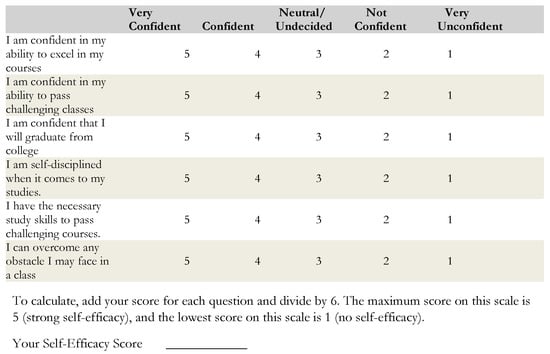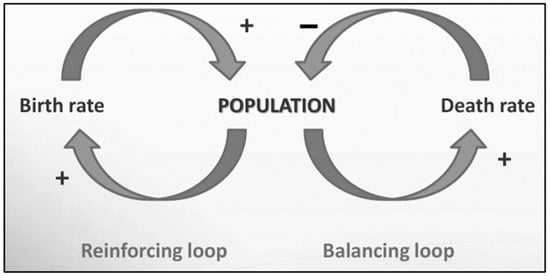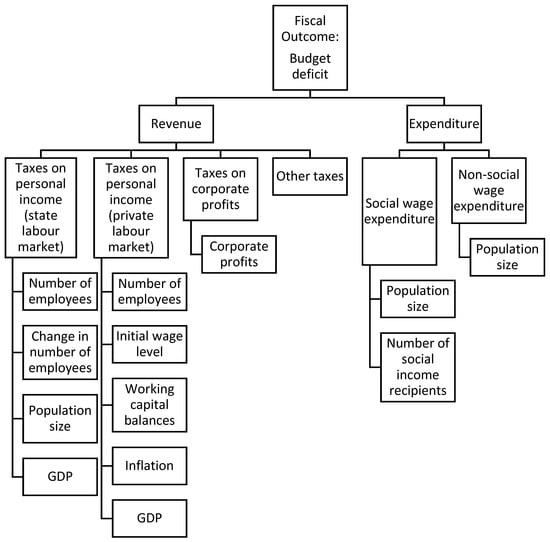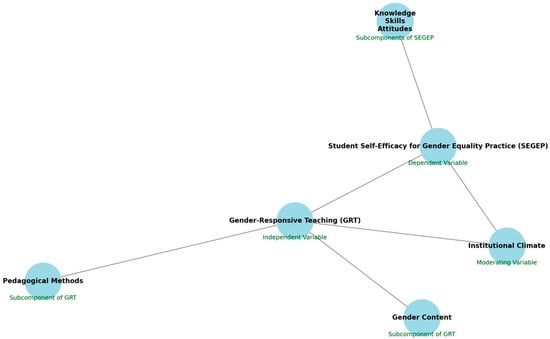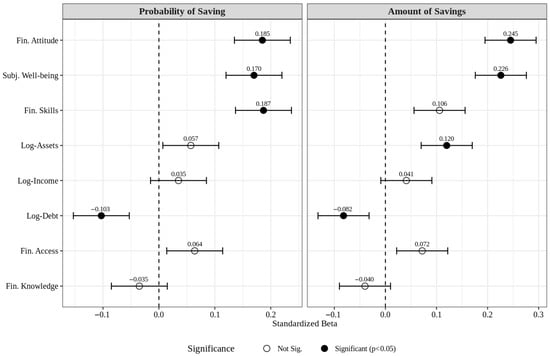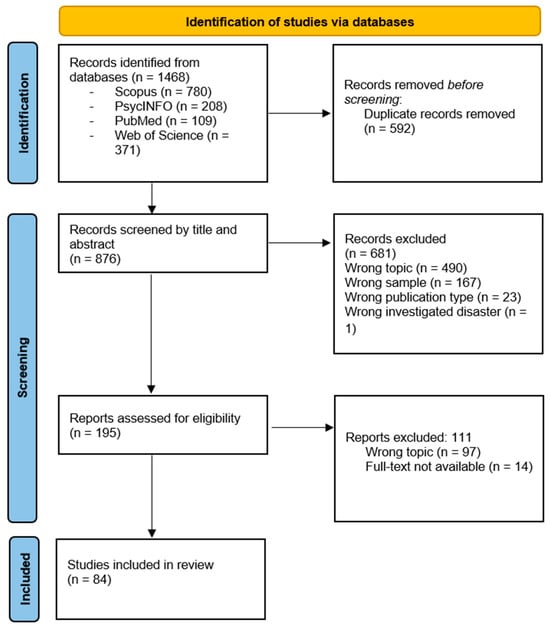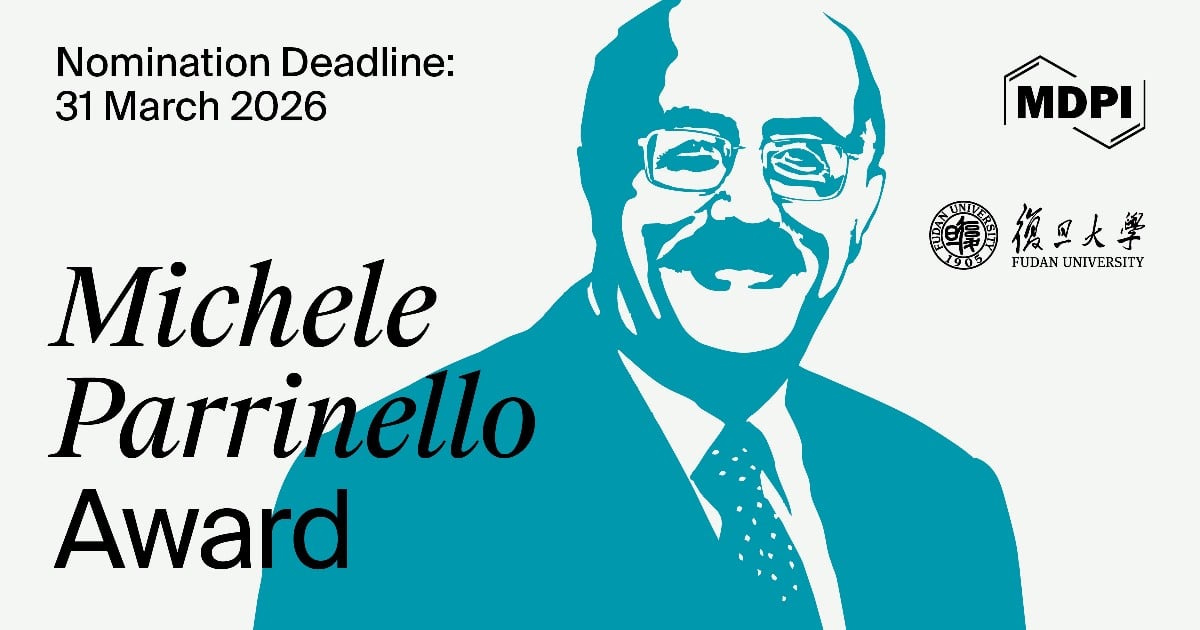-
 Mind the Net: Parental Awareness and State Responsibilities in the Age of Grooming
Mind the Net: Parental Awareness and State Responsibilities in the Age of Grooming -
 Evolving Capabilities and Children’s Perspectives on Poverty: The Role of Transformative Social Work
Evolving Capabilities and Children’s Perspectives on Poverty: The Role of Transformative Social Work -
 Women’s Wise Walkshops: A Participatory Feminist Approach to Urban Co-Design in Ferrara, Italy
Women’s Wise Walkshops: A Participatory Feminist Approach to Urban Co-Design in Ferrara, Italy -
 Changing Attitudes Toward Retirement and Aging in Psychology and Social Work Students
Changing Attitudes Toward Retirement and Aging in Psychology and Social Work Students -
 The Lived Experiences of Non-Government Residential Youth Workers
The Lived Experiences of Non-Government Residential Youth Workers
Journal Description
Social Sciences
- Open Access— free for readers, with article processing charges (APC) paid by authors or their institutions.
- High visibility: indexed within Scopus, ESCI (Web of Science), RePEc, and other databases.
- Journal Rank: JCR - Q2 (Social Sciences, Interdisciplinary) / CiteScore - Q2 (General Social Sciences)
- Rapid Publication: manuscripts are peer-reviewed and a first decision is provided to authors approximately 34.5 days after submission; acceptance to publication is undertaken in 4.6 days (median values for papers published in this journal in the first half of 2025).
- Recognition of Reviewers: reviewers who provide timely, thorough peer-review reports receive vouchers entitling them to a discount on the APC of their next publication in any MDPI journal, in appreciation of the work done.
Latest Articles
E-Mail Alert
News
Topics
Deadline: 31 December 2025
Deadline: 31 January 2026
Deadline: 28 February 2026
Deadline: 31 March 2026
Conferences
Special Issues
Deadline: 21 December 2025
Deadline: 30 December 2025
Deadline: 31 December 2025
Deadline: 31 December 2025



